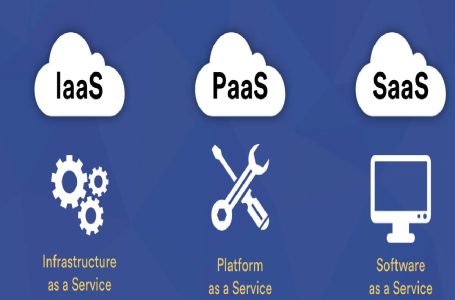Target audience research is an analysis that examines who needs a product or service and why they need it. It’s conducted when they want to launch a new product, test it or improve an existing one. The key task is to understand if the business idea is worth investing in, if there will be demand for the product. And it helps everyone from a Chan Casino owner to a skin care clinic founder. Here is how to conduct such an analysis and what resources can help.
How to Research Target Audience
You can study users in stages by means of:
- Collecting statistics.
- Conducting surveys.
- Customer Development.
Let’s analyze in more detail how and why to apply these methods.
Collecting Statistical Data
This is the first stage of the audience analysis, which allows you to create a portrait of the audience with its further specification in the subsequent stages of the analysis.
Statistical data is collected using market analysis and competitor analysis tools, but the focus is on audience data. For example, you are looking for information about income, age, interests, values of users, what social networks they use. Some of this data can be found on, say, SimilarWeb, a platform for competitor analysis.
Conducting Surveys
Quantitative analysis is done at this stage, so it is important to survey a large enough number of people.
When putting together the questions, it’s important to consider:
- The purpose of the survey.
- The criteria of the sample: what kind of people should be interviewed.
The purpose of the survey is what you want to find out in the research. For example, an online platform has a web design course that lasts 8 months. It’s quite expensive, but it provides students with an extensive knowledge base. The purpose of the survey may be to confirm the hypothesis whether to introduce the same course, but with a duration of 2 months – it will cost less, but the course will be less informative.
The goal may also be to survey customers in order to attract new ones or to optimize the product.
The purpose of the survey should be clearly formulated to prevent incorrect further stages of research.
Answers to the following questions will help to accurately formulate the goal:
- What do I want to find out?
- Why am I doing it?
- What will it give me?
- How will this information help me improve my product or business?
For example, an online school wants to find out whether to launch a course on Photoshop or Figma. The prerequisite is to expand the list of services provided. The research will help the company understand if the product will be in demand or if the market is overcrowded with similar offerings.
A vaguely formulated goal can look like this: “to collect information on what design applications are used by specialists. It’s unclear what it’s for, and what the data will provide.
How to Prepare Questions for the Survey
- Wording must be clear to respondents and not cause confusion.
- A combination of open-ended and closed-ended questions.
- The survey should not be long: for cold audience – 5-7 minutes, for warm audience – no more than 10 minutes.
- The survey should not consist of one question.
- At the end of the survey you should offer customers a gift – for example, useful material, access to a file.
In some cases, the survey can be replaced by an experiment. For example, to gather the target audience of the course on web design and send her an offer to buy a new course even before the creation of the course itself. Then calculate the conversion rate and understand how much demand for such a product.
Customer Development
Custdev is a method for testing a future product idea. First, you need to collect information from customers by means of in-depth and decision interviews.
In-depth interviews are conducted one-on-one to learn the habits, values, and needs of the audience. During the in-depth interview, it’s important to:
- Ignore emotions, as they can be confusing and lead away from questions.
- Ask about past experiences.
- Avoid compliments.
- Don’t lead the respondent to a definite answer.
- Talk less and listen more.
- Be clear about the purpose for which each question is being asked.
When the answers to the questions become similar, you can consider that the number of respondents is sufficient. Interviewees can be, for example, relatives and friends of researchers in social networks, experts from profile channels or forums. However, it’s worth remembering that custdev is conducted only with representatives of the target audience of the product.
The goal of a solving interview is to understand whether the product is in the client’s pain, whether the product solves their problems or not. During such an interview, you need to know:
- Strengths and weaknesses of the product. For example, we show the prototype of the website and find out if the interface is user-friendly and clear; we show our product and the competitor’s product – we offer the respondent to choose the one he or she likes best and ask for the reason.
- Find out how much the respondent is willing to pay for the product. Find out how much they would pay for a similar product to solve the problem.
Questions for the researcher to answer independently, based on the data provided by the respondents:
- What are competitors there, what methods do they use to solve a similar problem?
- What are the advantages and disadvantages of your solution, how can it be improved and optimized?





